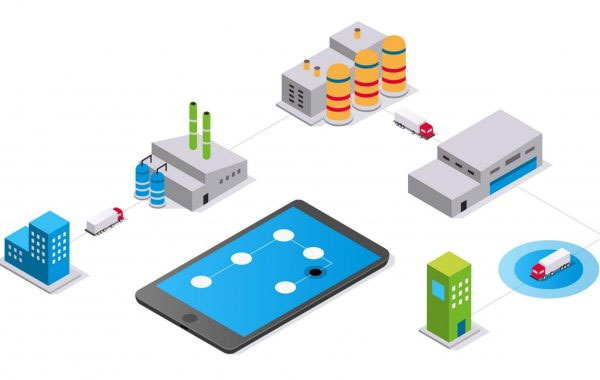WHAT IS TRACEABILITY?
Traceability (or TCC – Track, Trace, and Control) is a phrase that is being brought up more often when it comes to choosing the right EMS provider. Traceability involves tracking the flow of products and materials as well as their location. It is important that an EMS provider has a traceable system implemented within their ranks.
A fully operational traceability system provides an insight into manufacturing processes and stages as well as providing analysis and identification of batches of products and materials. This is vital especially when a product turns out to be defective.
Many customers have always demanded high-quality work and scheduling flexibility from their EMS providers. However, today many of these customers also require complete product traceability of their products – all the way from the manufacturing floor up to where the product is being shipped.
These standards are a must-have requirement nowadays, especially when it comes to medical devices, as traceability enables real-time insight into where your products are. This gives much better control up and down the supply chain, ensuring a business has the agility when it needs it as well as the ability to recall or track products quickly and issue replacement parts.
TRACEABILITY SOFTWARE
When it comes to Electronic Manufacturing there are multiple programs available that enable the implementation of a traceability system (or TCC system).
The list below highlights the most important functions a traceability system should include:
- Supervising all activities performed in a manufacturing process. In case of a defect being detected at any stage of the process, its complete history is known, including the batch of components used and their provider.
- Reduce inventory and avoid component shortages.
- Identify and eliminate bottlenecks.
- Improve on-time delivery.
- Monitor and improve material flow and workflow.
- Improve first-pass yields and reduce defects.
- Minimising the risk of failures caused by a human factor.
All the above points are important; however, the most crucial functions of a traceability system are:
Labelling products using barcodes or serial numbers to enable full component tracking.
Real-time traceability enabling real-time control over the material flow and full visibility.
HOW FAR CAN YOU TRACE BACK?
Should the need arise, and providing the above functions are followed, the EMS provider should be able to trace the material back to the original supplier.
By using the correct labelling, the provider will be able to navigate which operators were responsible for the product assembly, as well as the internal stock batch numbers allocated to that particular build.
If there is an issue with an item of stock that was used in the build, the EMS provider will be able to identify the batch number and trace the item back to the supplier who delivered the part. From here the provider will be able to find the supporting supplier documentation which will enable to go back through the supply chain even further.
HOW LONG SHOULD IT TAKE TO TRACE BACK?
When it comes to tracking one product or one device then it should only take a matter of minutes to get the raw details such as batch and purchase orders.
If a customer requires information regarding multiple products or different parts, then it should take a little longer. However, it should not take a number of weeks, and certainly not months for the EMS provider to send these details to their customers.
It is also vital that the process can work in reverse too. If an issue is identified with a specific piece of material. The EMS provider should be able to quickly allocate where the stock has been allocated to, and if the product that used the particular piece of material has already been shipped out. They should also be able to identify if the material is currently being used on any products and how much of it is currently left in stock.
Finally, it is not just a simple material tracking system. A complete traceability solution will include detailed and accurate tracking and reporting of the entire production process including materials, products, and processes that were involved providing all the necessary information.
It is crucial that your EMS provider can offer complete product traceability as it is now a requirement, rather than just an option.
By Timmy Bubak | 19/07/21

